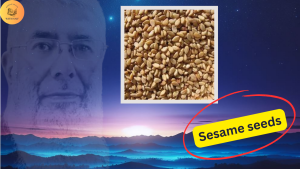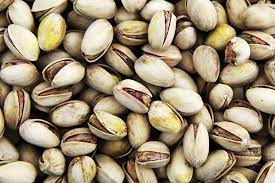Dengue fever, a mosquito-borne viral infection, poses a significant health threat to people worldwide. The primary culprit behind its transmission is the Aedes aegypti mosquito, a species notorious for its urban adaptability and aggressive biting habits. Understanding the life cycle and behavior of this mosquito is crucial for developing effective control strategies.
The Aedes aegypti Mosquito: A Life Cycle of Adaptability
The Aedes aegypti mosquito thrives in warm, tropical and subtropical environments, typically found in urban areas where humans reside. Its life cycle consists of four distinct stages: egg, larva, pupa, and adult.
- Egg Stage: Female mosquitoes lay eggs in stagnant water found in containers, discarded tires, flowerpots, and other man-made receptacles. These eggs can survive for months in dry conditions, patiently waiting for the next rainy season to hatch.
- Larval Stage: Upon hatching, the eggs release mosquito larvae, also known as “wigglers.” These aquatic larvae feed on organic matter present in the water, undergoing four molts before transforming into pupae.
- Pupal Stage: The pupal stage marks a period of metamorphosis, where the larvae undergo significant internal changes, ultimately emerging as adult mosquitoes.
- Adult Stage: Adult Aedes aegypti mosquitoes, particularly females, actively seek blood meals from humans. This blood-feeding behavior is essential for egg production and the continuation of the mosquito’s life cycle.
Limiting the Spread of Dengue: A Multifaceted Approach
Combating the spread of dengue fever requires a multifaceted approach that targets both the mosquito vector and the virus itself.
- Eliminate Mosquito Breeding Sites: The most effective way to reduce mosquito populations is to eliminate their breeding grounds. This involves removing and emptying containers that can hold stagnant water, such as discarded tires, flowerpots, and buckets.
- Use Insecticides Effectively: Insecticides can play a role in controlling mosquito populations, but their use should be carefully considered and targeted to avoid harming beneficial insects and the environment.
- Promote Personal Protective Measures: Individuals can protect themselves from mosquito bites by wearing long-sleeved clothing and pants, using insect repellent, and installing mosquito nets in their homes.
- Raise Awareness and Community Engagement: Educating the public about dengue fever and its transmission can foster community engagement in preventive measures. This includes promoting proper sanitation habits and encouraging active participation in mosquito control initiatives.
- Develop New Control Methods: Ongoing research and development are crucial for identifying new and innovative ways to control mosquito populations and prevent dengue transmission. This may include genetic modification of mosquitoes, the use of biological control agents, and the development of novel insecticides.
By implementing these strategies and fostering community involvement, we can effectively limit the spread of dengue fever and protect public health.
The flight range of Aedes aegypti mosquitoes is typically limited to 200-400 meters, although they can occasionally fly up to 2 kilometers. This limited flight range contributes to their urban adaptability, as they tend to thrive in close proximity to human dwellings.
The lifespan of an adult Aedes aegypti mosquito depends on various factors, including environmental conditions, nutrition, and exposure to insecticides. On average, female mosquitoes live for about two to three weeks, while male mosquitoes typically have a shorter lifespan of around two weeks.
Here’s a summary of the range and lifespan of Aedes aegypti mosquitoes:
| Stage | Range | Lifespan |
| Adult | 200-400 meters (up to 2 km occasionally) | 2-3 weeks (females) |
| Adult | 2 weeks (males) |
Aedes aegypti mosquitoes prefer warm, tropical, and subtropical environments with temperatures ranging from 25 to 30 degrees Celsius (77 to 86 degrees Fahrenheit). They are most active and reproduce at these temperatures.
Temperatures below 18 degrees Celsius (64 degrees Fahrenheit) significantly reduce the activity and survival of Aedes aegypti mosquitoes. At temperatures below 10 degrees Celsius (50 degrees Fahrenheit), they become inactive and may even die.
Temperatures above 35 degrees Celsius (95 degrees Fahrenheit) also have a negative impact on Aedes aegypti mosquitoes, but they can tolerate these temperatures for shorter periods.
Here’s a summary of the favorable and unfavorable temperature ranges for Aedes aegypti mosquitoes:
| Favorable Temperature Range | Unfavorable Temperature Range |
| 25-30 degrees Celsius (77-86 degrees Fahrenheit) | Below 18 degrees Celsius (64 degrees Fahrenheit) |
| Above 35 degrees Celsius (95 degrees Fahrenheit) |



